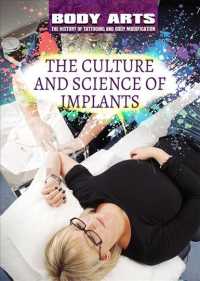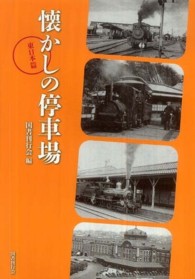基本説明
Demonstrates through cognitive and social neuroscience studies how the arts enhance creativity, problem-solving, memory systems, motor coordination, and analytical skills, which are all critical elements to achieving STEM (Science, technology, engineering, and math) objectives.
Full Description
Research shows that activities associated with the arts can enhance creativity, problem-solving, memory systems, motor coordination, and analytical skills. Best-selling author David A. Sousa and veteran arts educator Thomas J. Pilecki demonstrate how arts education is integral to the development of the brain and to students' overall academic achievement. This book provides:" Classroom-tested strategies and techniques for both integrating the arts in STEM instruction " Data from schools that have already integrated the arts into STEM subjects, plus anecdotes and student success stories" How-to's for organizing curriculum and instructional strategies to allow for the integration of STEM subjects and the arts" Strategies for getting the entire staff and community involved in STEAM initiatives
Contents
AcknowledgmentsAbout the AuthorsIntroduction1. Why STEM Should Become STEAM2. What Science Says About the Arts and Creativity3. Frequently Asked Questions About Integrating the Arts and STEM4. Implementing Arts Integration in the Primary Grades (K-4)5. Implementing Arts Integration in the Intermediate Grades (5-8)6. Implementing Arts Integration in the High School Grades (9-12)7. STEAM Lesson Plan Appetizers in Science, Technology, and Engineering8. STEAM Lesson Plan Appetizers in Mathematics9. Putting It All TogetherResourcesReferencesIndex








